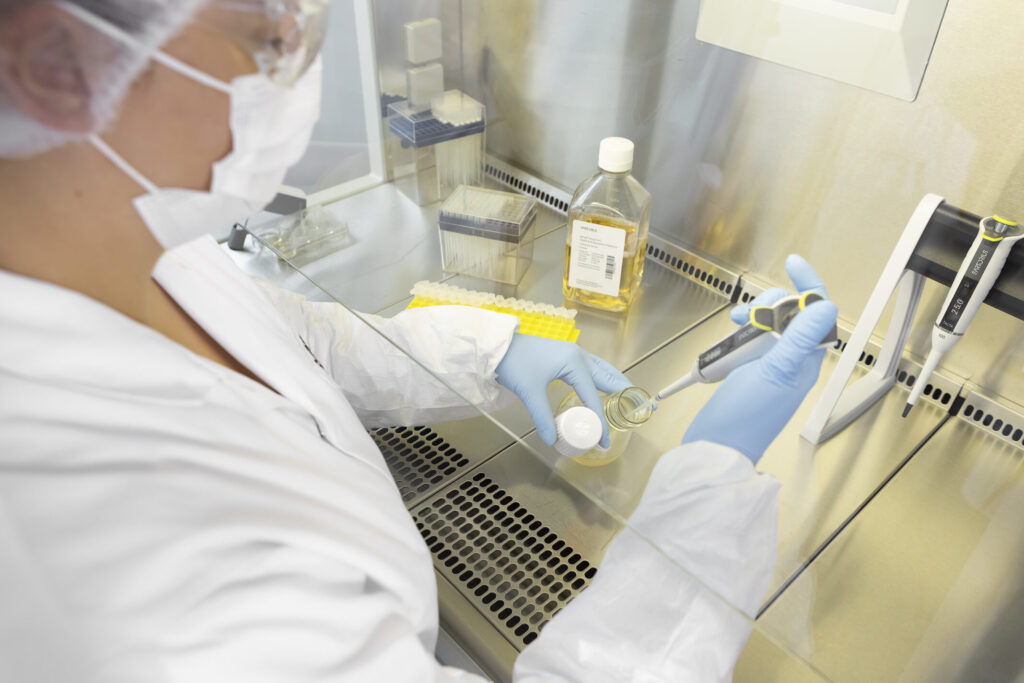Biomanufacturing is entering a new era, driven by urgent demands for lower drug costs, faster development timelines, and more sustainable operations. The traditional batch-based models that once defined monoclonal antibody (mAb) production are no longer sufficient to meet the growing complexity of today’s therapeutic pipeline or the global need for affordable access.
Process intensification (PI) is emerging as a transformative response. Rather than viewing PI as a single technology or step, industry leaders are increasingly embracing it as a holistic, stepwise strategy to reimagine the entire biomanufacturing process, from upstream scale-up to downstream purification and beyond. PI enables manufacturers to maximize productivity per square meter, reduce costs of goods to below €50 per gram, accelerate time to clinic, and shrink the environmental footprint of production facilities, all while maintaining product quality.
Yet, implementing PI isn’t without challenges. Shifting from conventional to intensified workflows requires rethinking process architecture, redesigning infrastructure, integrating real-time automation, and navigating change within organizations accustomed to batch-based systems. It demands more than the right tools; it demands the right mindset, roadmap, and partnerships.
This eBook explores the key trends and considerations driving PI adoption, and outlines practical solutions across upstream, downstream, and digital domains. It highlights how strategic collaboration, smart technology integration, and data-driven decision-making are enabling organizations of all sizes, from small biotechs to global CDMOs, to intensify with confidence.
You’ll discover how stepwise intensification strategies can be tailored to specific process demands, how connected and automated systems reduce complexity while increasing control, and how the shift to continuous manufacturing is already underway. Most importantly, you’ll gain insight into how these innovations are being applied today to build more flexible, efficient, and future-ready biomanufacturing facilities.
Whether you’re just starting your intensification journey or looking to scale it to the next level, this eBook offers the strategic foundation and operational perspective to help you move forward.

